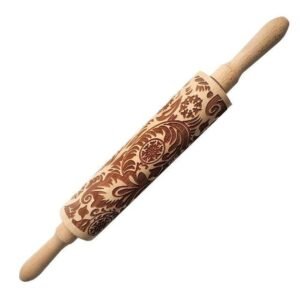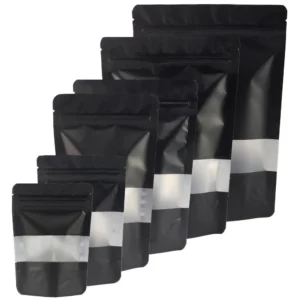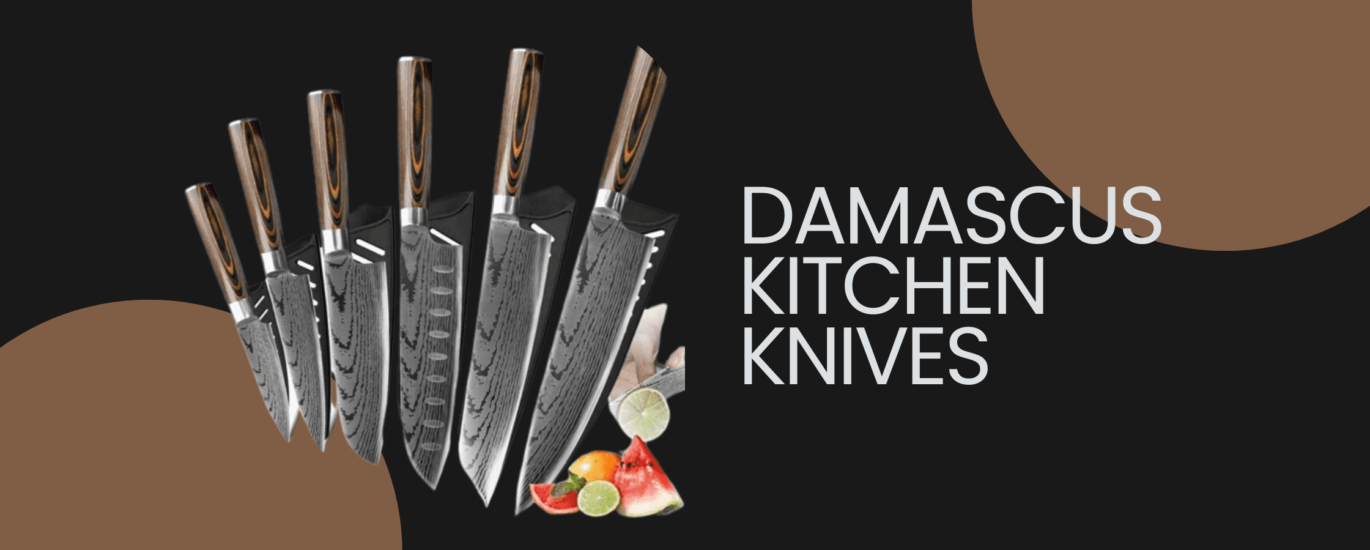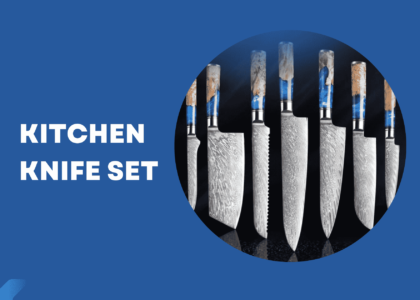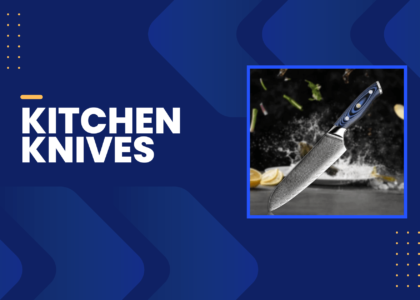Introduction
Damascus Kitchen Knives
Damascus kitchen knives have long been celebrated not only for their strikingly beautiful patterns but also for their exceptional sharpness and durability. Originating from Damascus, Syria, these knives carry a rich history and tradition that appeals to chefs and collectors alike.
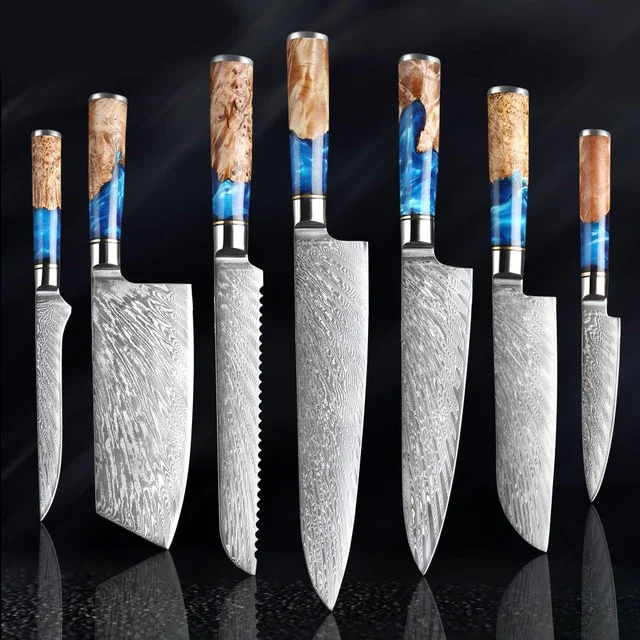
Aesthetics and Functionality
The aesthetic appeal of Damascus knives is undeniable, with their characteristic wavy or swirling patterns on the razor-sharp blade, which are a result of the unique forging process that combines steel and wood to create a perfect balance of hardness and durability. This involves folding and hammering different types of steel multiple times, creating not only a visually stunning pattern but also enhancing the strength and sharpness of the blade.
Visual Appeal:
- Wavy or swirling patterns
- Unique designs due to the forging process
- Often paired with high-quality, beautifully crafted handles
Functional Appeal:
- Exceptional sharpness
- High durability and strength
Resistant to shattering and usually features a sharp edge that is easy to maintain
| Feature | Description | Benefit |
|---|---|---|
| Sharpness | Extremely sharp edges | Efficient cutting and slicing |
| Durability | High due to the forging process | Long-lasting with minimal wear |
| Aesthetic | Unique wavy patterns | Visually appealing and often considered a work of art |
In the culinary world, the unique look and handle of Damascus knives are highly regarded. These blades maintain a sharp edge over prolonged use, making them a preferred choice among professional chefs and home cooks.
Historical Significance
The historical roots of Damascus knives can be traced back to ancient times, where the metalworking techniques were considered highly secretive and were passed down through generations. The knives were not only used for culinary purposes but were also symbolically significant in various cultures.
Historical uses:
- Culinary applications
- Hunting
- As symbolic or ceremonial objects
Cultural significance:
- Regarded as a symbol of status and power in some cultures
- Often associated with skilled craftsmanship and quality
The Rich History of Damascus Steel
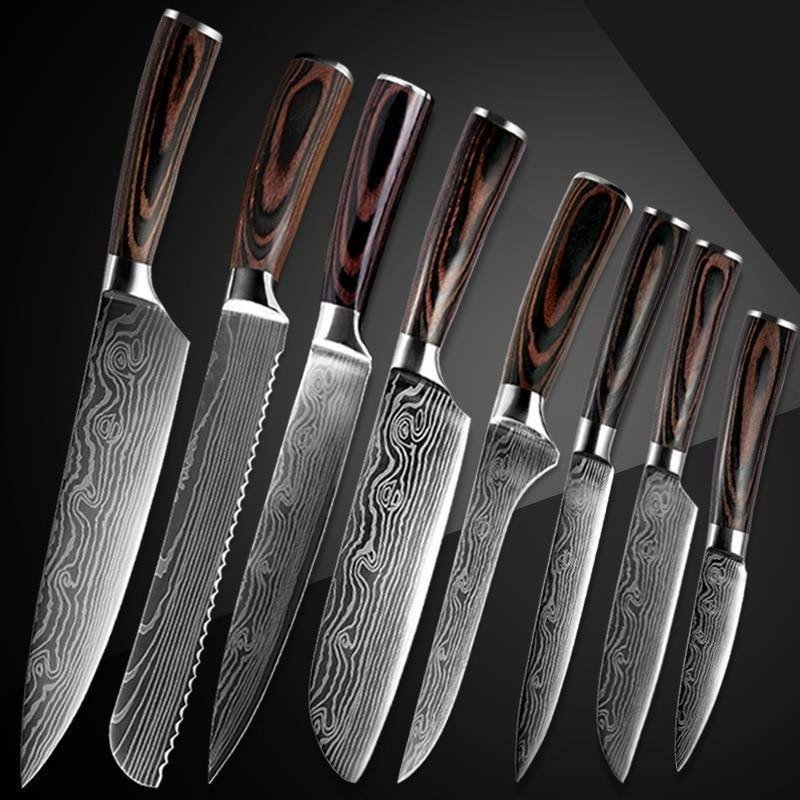
Damascus steel, with its unique patterns and remarkable durability, has a rich history that dates back to ancient civilizations. Its distinctive blade and look have made it renowned throughout the ages. The name “Damascus” is derived from the city of Damascus in Syria, where the steel was once traded. However, its origins and manufacturing techniques have been shrouded in mystery and myths, making it a fascinating subject of study and admiration.
Origin and Ancient Techniques
The original techniques of crafting Damascus steel are believed to have been lost in the annals of history. Ancient blacksmiths in the Middle East employed a unique method of layering iron and steel to create the exceptional durability and signature patterns of Damascus steel. This involved a series of forging, folding, and acid etching techniques, resulting in the creation of a blade with unparalleled strength.
Key Characteristics:
- Layered structure
- Wavy or swirling patterns
- High tensile strength and sharpness
| Characteristic | Ancient Technique | Modern Equivalent |
|---|---|---|
| Pattern | Acid etching | Chemical etching |
| Layering | Forging and folding | Laminating |
| Hardness | Carbon infusion | Alloying |
Mystery and Myths Surrounding Damascus Steel
The mystery surrounding the original method of producing Damascus steel has given rise to numerous myths and legends. Some tales speak of blades so sharp they could slice through a falling scarf, while others tell of its ability to cut a hair falling across the blade.
Myths Include:
- Supernatural sharpness and strength
- The ability to change color and predict the future
- Being invulnerable to rust and stains
These myths have perpetuated the allure and mystique of Damascus steel, making it a sought-after material in various cultures and eras.
Transition to Modern Times
Despite the loss of ancient techniques, modern metallurgists and blacksmiths have endeavored to recreate Damascus steel by studying antique samples and through experimental archaeology. This has allowed them to understand the secrets of crafting a high-quality blade. The contemporary methods involve new technologies and materials, yet strive to mimic the aesthetic and functional properties of the original Damascus steel blade.
Modern Techniques:
- Utilizing modern steels and alloys
- Employing computer-controlled forging processes
- Using chemical etching to enhance patterns
While the modern Damascus steel may not possess the legendary properties of its ancient counterpart, it continues to be revered for its beauty and functionality in various applications, especially in the crafting of high-quality knives and swords.
Characteristics and Manufacturing of Damascus Kitchen Knives
Damascus kitchen knives, renowned for their distinctive patterns and exceptional durability, are crafted through a meticulous manufacturing process that marries ancient techniques with modern metallurgical advancements. The process involves a combination of various materials and specialized techniques, such as “fluxing,” to create the signature Damascus pattern and ensure the blade’s superior performance.
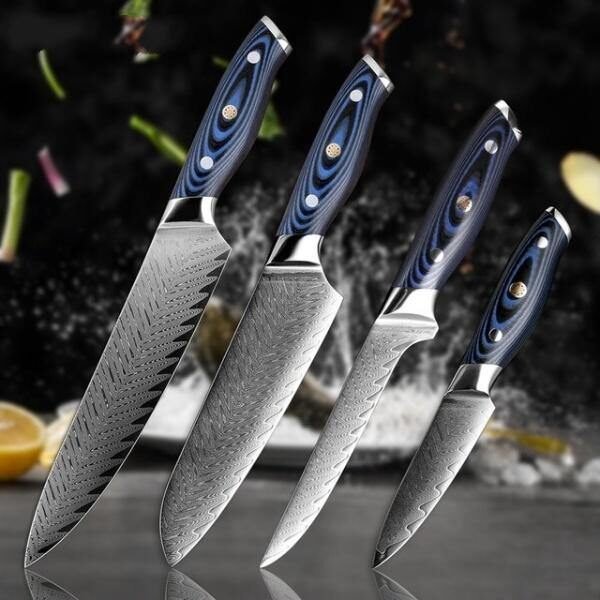
Explanation of the “Fluxing” Technique
“Fluxing” is a crucial technique in the manufacturing of Damascus steel, particularly in the welding process of the metal layers. Flux is a material that prevents the formation of oxides and assists in the fusion of different layers of steel during the forge welding process.
Fluxing Process:
- Application of a flux material to prevent oxidation
- Heating the layered metals until they reach a semi-liquid state
- Hammering or pressing the layers to weld them together
| Step | Material/Action | Purpose |
|---|---|---|
| 1. Layering | Different types of steel | Create a billet |
| 2. Fluxing | Flux material | Prevent oxidation during welding |
| 3. Forge Welding | Heat and pressure | Fuse the layers together |
Materials Used in Manufacturing
The manufacturing of Damascus kitchen knives involves the use of various types of steel, each contributing to the blade’s final characteristics of hardness, durability, and ability to hold a sharp edge.
Commonly Used Materials:
- High-carbon steel for hardness and edge retention
- Nickel layers for contrast in patterns
- Iron for added toughness
Understanding the role of each material in the final product is crucial for appreciating the complexity and craftsmanship of Damascus knives.
The Creation of the Distinctive Pattern
The distinctive pattern of Damascus steel is achieved through a combination of the layering, fluxing, and etching processes. After the layers of steel are forge-welded together through the fluxing technique, the billet is folded multiple times to create numerous layers, which are then revealed through acid etching.
Pattern Creation Steps:
- Folding and reforging the billet multiple times
- Acid etching to reveal the pattern
- Polishing to enhance the visual appeal
Repair and Re-tempering Methods
Damascus knives, while durable, may require repair and re-tempering over time to restore their original sharpness and structural integrity. This involves reheating the blade, realigning its structure, and then gradually cooling it to ensure optimal performance.
Repair Techniques:
- Re-tempering to restore hardness
- Grinding to reshape and sharpen the blade
- Polishing to enhance appearance and protect the pattern
The repair and maintenance of Damascus knives are as much an art as their creation, ensuring these exquisite pieces can be cherished for generations.
Considerations When Purchasing Damascus Knives
When embarking on the journey to purchase Damascus kitchen knives, it’s pivotal to keep in mind the quality of the steel and the craftsmanship involved in the knife’s creation. Genuine Damascus knives are forged using high-quality steel, ensuring durability and a blade that maintains its sharpness over time.
Material and Construction
The Damascus knife is typically crafted from two types of steel: carbon steel and stainless steel. While carbon steel is often more affordable, it is prone to rust, whereas stainless steel, though pricier, resists rust and corrosion and tends to hold its edge longer. The construction of the knife, particularly the method in which the blade is attached to the handle, is also crucial for stability and durability.
Handle Types and Their Significance
Handles can be crafted from various materials, including horn, bone, and wood, each providing a unique aesthetic and tactile experience. Horn handles, commonly made from sheep or cattle horns, are sturdy and provide a reliable grip. Bone handles, while delicate, offer a unique texture and robustness. Wood handles, though less common, are often the strongest, crafted from hardwoods like oak or hickory, ensuring a solid grip and longevity.
Practicality and Usage
Damascus knives are not only a testament to quality and tradition but also practical tools in the culinary world. Whether utilized as a chef’s knife, slicing knife, or a boning knife, their versatility and efficiency in performing various tasks, from slicing vegetables to filleting fish, make them a valuable addition to any kitchen.
Aesthetic and Functional Appeal in Various Settings
Whether you’re a professional chef or an enthusiast, the aesthetic and functional appeal of Damascus knives, such as their intricate patterns and exceptional sharpness, elevate the culinary experience. Their visual appeal and functional superiority make them not only a practical tool in the kitchen but also a symbol of tradition and high-quality craftsmanship.
The Art and Aesthetics of Damascus Blades
The artistry of Damascus blades extends far beyond their functional prowess, embedding them with an aesthetic appeal that is both timeless and profoundly beautiful. The patterns and textures of these blades are not merely a visual spectacle but also a testament to the skilled craftsmanship and intricate processes involved in their creation.
Description of Patterns and Textures
Damascus blades are celebrated for their distinctive patterns, which can range from waves and spirals to stripes and vine-like formations. These patterns are not arbitrarily formed but are the direct result of the meticulous layering and folding processes during manufacturing.
Types of Patterns:
- Waves and whorls
- Stripes and bands
- Vines and flowers
| Pattern Type | Description | Aesthetic Appeal |
|---|---|---|
| Waves | Curved lines and swirls | Resembles natural water patterns |
| Stripes | Straight parallel lines | Symmetry and order |
| Vines | Interwoven lines | Organic and natural |
The Visual Appeal and Its Importance in Culinary Presentation
In the realm of culinary arts, the visual appeal of tools and presentation plays a pivotal role. Damascus blades, with their enchanting patterns, not only enhance the aesthetic of the culinary process but also elevate the overall presentation and experience of cooking and dining.
Importance in Culinary Presentation:
- Enhances the visual experience for both chefs and diners
- Symbolizes premium quality and craftsmanship
- Often becomes a conversation starter due to its unique appearance
The visual appeal of Damascus blades often becomes synonymous with quality and tradition, making them not just tools, but pieces of art in the culinary world.
Practical Application in the Culinary World
In the culinary world, where precision and efficiency are paramount, Damascus knives carve out a special place, being revered not only for their aesthetic appeal but also for their exceptional sharpness and durability. These knives are not merely instruments but are often considered extensions of the chef’s skill and artistry, playing a pivotal role in professional settings.
Sharpness and Durability in a Professional Setting
The sharpness of Damascus knives is unparalleled, capable of executing precise cuts that are crucial in a professional kitchen. Moreover, their durability ensures that they withstand the rigors of a bustling culinary environment, maintaining their edge for longer periods compared to conventional knives.
Attributes:
- Exceptional sharpness for precise cuts
- High durability to withstand rigorous use
- Low maintenance due to inherent toughness and edge retention
| Attribute | Importance in Professional Setting | Example Application |
|---|---|---|
| Sharpness | Ensures clean and precise cuts | Slicing sashimi |
| Durability | Withstands constant use | Daily chopping tasks |
| Maintenance | Requires less frequent sharpening | Prolonged use |
The Significance of Damascus Knives Among Chefs and Culinary Experts
For chefs and culinary experts, a Damascus knife is not merely a tool but a symbol of tradition, craftsmanship, and their commitment to quality. The knives are often cherished, cared for, and utilized as a key component in the creation of culinary masterpieces.
Significance Aspects:
- A symbol of tradition and craftsmanship
- An embodiment of the chef’s commitment to quality and precision
- A practical tool that meets the demanding needs of culinary experts
Conclusion
In encapsulating the essence and journey of Damascus kitchen knives, we traverse through a rich tapestry of history, artistry, and unparalleled craftsmanship. These knives, with their distinctive patterns and remarkable durability, have not only stood the test of time but have also become a symbol of tradition and quality in the culinary world.
FAQs
Why are Damascus knives so expensive?
Damascus knives are costly due to their intricate manufacturing process and the high-quality materials used. The layering and folding of different steels, along with the skilled craftsmanship required, contribute to their premium price.
How to maintain and care for Damascus kitchen knives?
Maintaining Damascus knives involves regular sharpening, using a honing rod, and hand-washing with mild soap. Ensure they are dry promptly to preserve the blade’s integrity and store them in a knife block or magnetic strip to prevent damage.
Are Damascus knives suitable for everyday kitchen use?
Yes, Damascus knives are suitable for everyday use due to their exceptional sharpness and durability. Their ability to maintain an edge and resist wear makes them a practical choice for various kitchen tasks.
What makes Damascus knives different from regular kitchen knives?
Damascus knives are distinguished by their unique patterns, sharpness, and durability, derived from the layering and folding of various steels during manufacturing, which is not commonly found in regular kitchen knives.
Are Damascus knives good for kitchen?
Absolutely, Damascus knives are excellent for the kitchen, offering a combination of aesthetic appeal and functional superiority with their sharp, durable blades and visually striking patterns.
Are Damascus knives good quality?
Yes, Damascus knives are renowned for their high quality, characterized by exceptional sharpness, durability, and a distinctive pattern on the blade, reflecting both aesthetic and functional excellence.
Is Damascus chef knife good?
Indeed, a Damascus chef knife is often considered a premium tool in culinary circles, appreciated for its sharpness, balance, and the artistic flair it brings to the kitchen.
Frequently Linked Pages
1. Damascus Knives Set – Unlocking the Secrets of Damascus Knives Set: A Comprehensive Guide
2. Damascus Kitchen Knife – Unlocking the Elegance of Culinary Art: An In-depth Exploration of Damascus Kitchen Knife
3. Damascus Chef Knife – Exploring the Elegance of the Damascus Chef Knife: A Culinary Marvel in Modern Kitchens
4. Damascus Knifes – Damascus Knifes: A Symphony of Craftsmanship and Functionality




